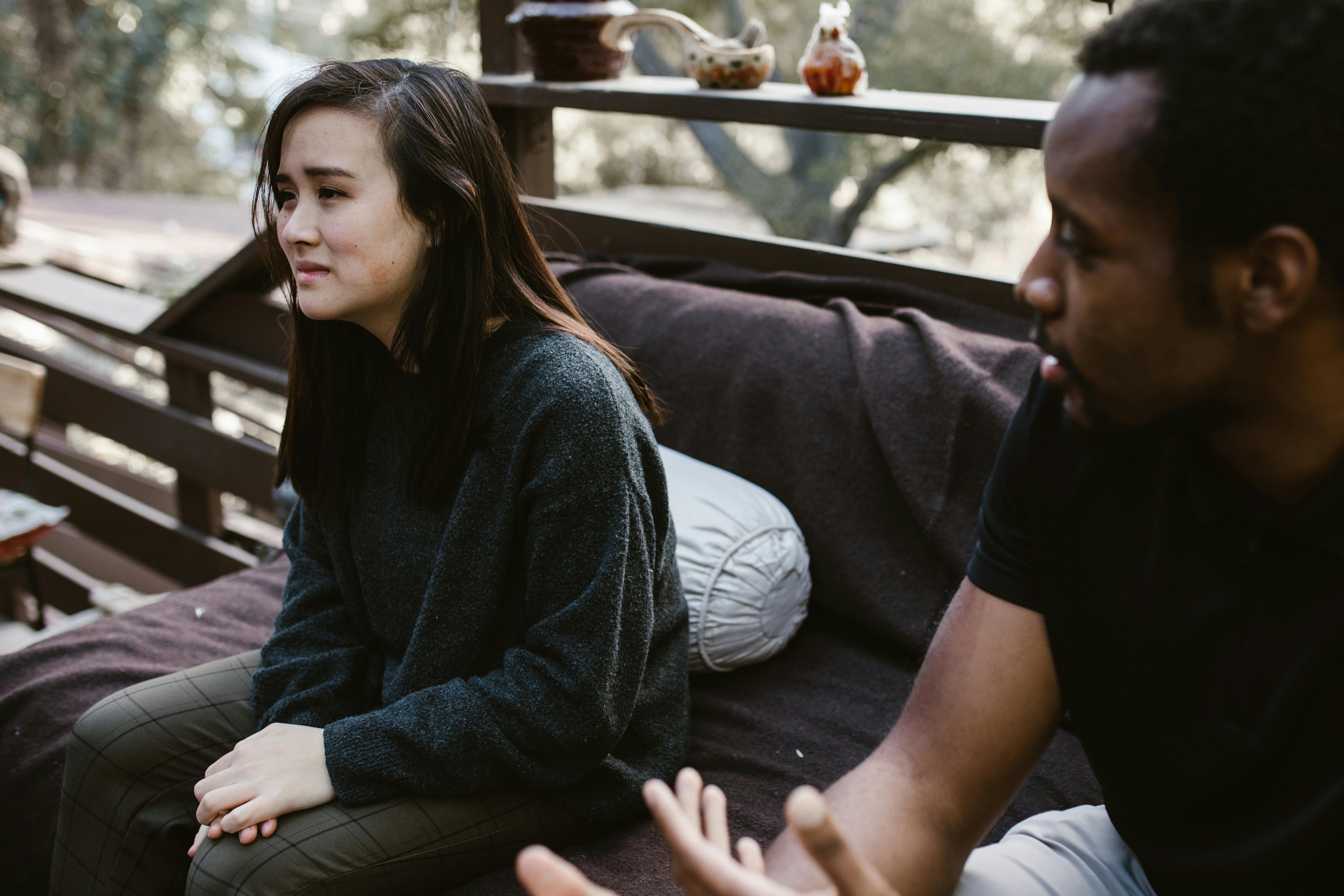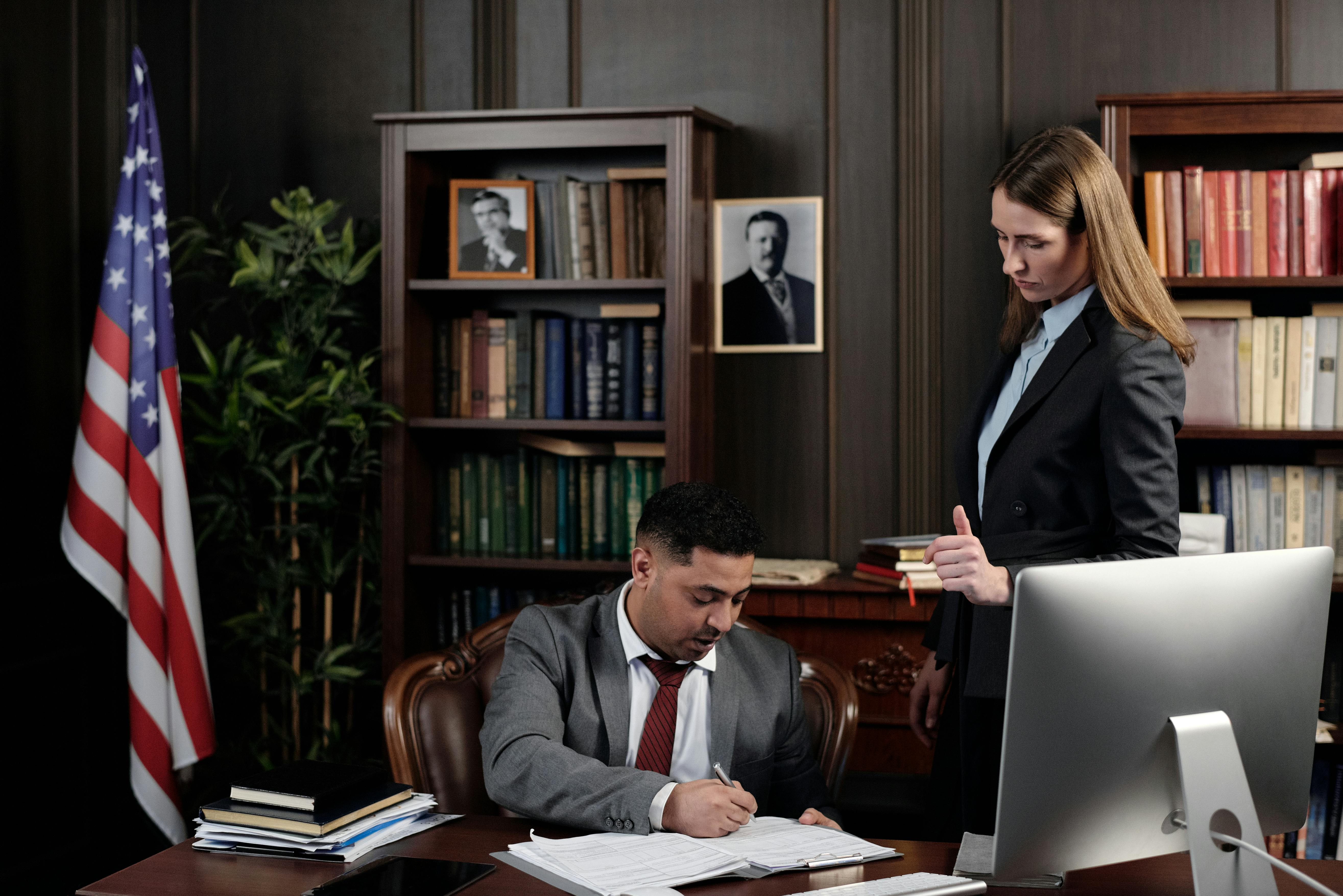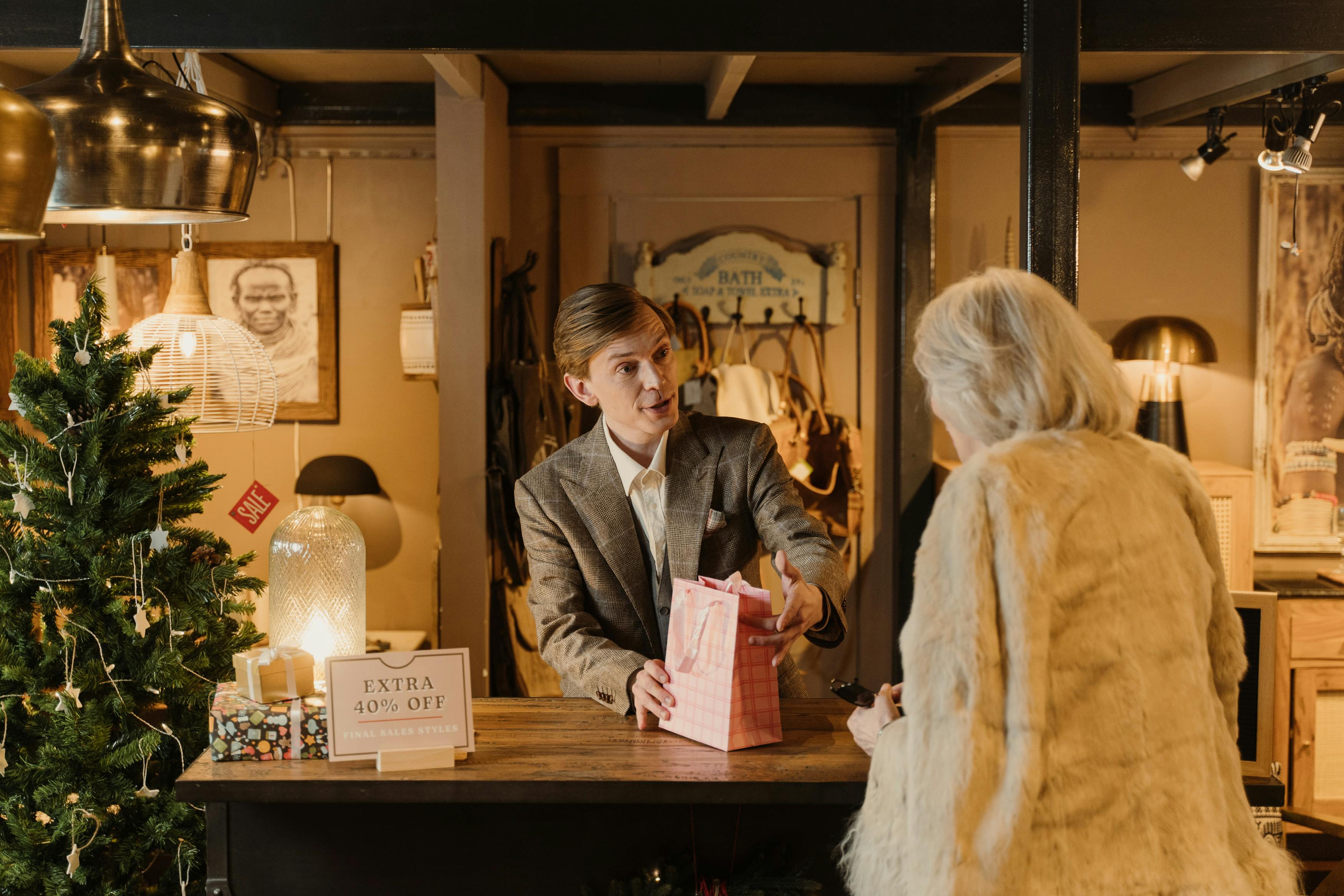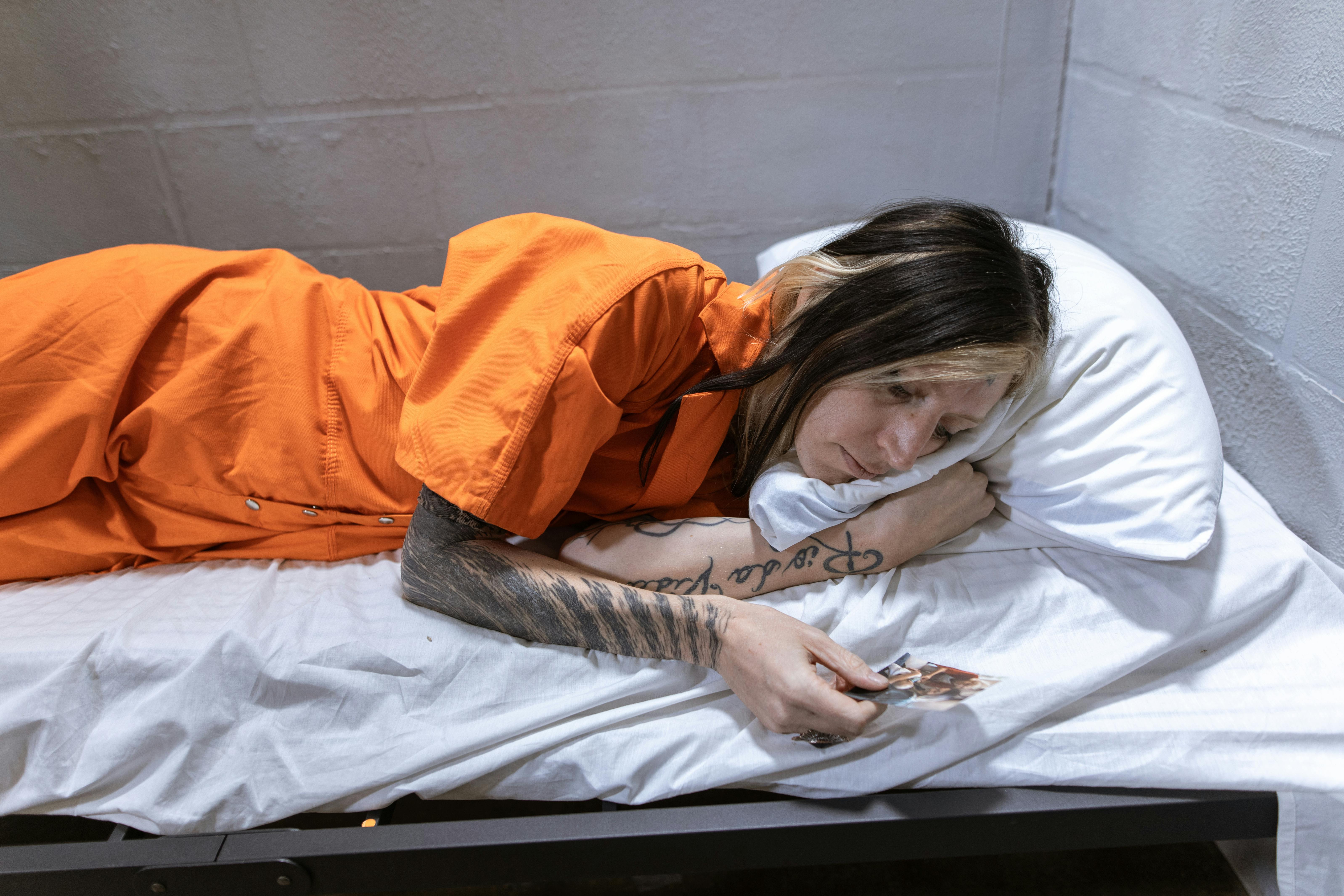In a small hall, tucked away just a few steps from the main street of the small town of Israel, there are 30 gracefully aging English-speaking women who meet once a week to knit. For the past 13 years they have voluntarily knitted scarves, sweaters, vests, socks, blankets, toys and booties for thousands of underprivileged and sick children and other less fortunate people throughout Israel.
The knitting club started in the early 1990s, around the time of the first Ethiopian immigration, says the group’s president, Wendy Goldstein. It was started by Renee Lees, of British origin. Originally, the women only met for coffee, but then Lees realized they could make better use of their time, so she suggested they knit for the new immigrants while they talked. They thought that Ethiopian children had never experienced winter and did not have proper clothing for cold weather. Everyone agreed that it was a great idea and the Esra Knitting Club was born.
Word spread quickly and the group grew to the point that meetings were moved to a large room in Beit HaNoar. Today there are officially 46 weavers (including eight home weavers who are younger than typical group members, busier, or physically unable to attend), though it is rare for all of them to attend a Tuesday meeting. While many of the women come to mingle and weave, there are some who stop by to collect more wool and then leave. Goldstein buys most of the wool wholesale with cash donations and other yarns are donated directly.
The women have an inside joke about their relationship: “We’re a tight-knit community,” says one of them. It’s corny, but completely accurate. They all feel comfortable together. They finish each other’s sentences and if you ask one of them about her life before coming to Israel, chances are good that at least two others will help tell the story. Spending an hour with these women is like visiting your grandmother or your favorite aunt. Most of them probably don’t realize they’re knitting because they’re busy enjoying each other’s company. And it is contagious.
While all of the members are English speakers, many of them only speak English as a second or third language. Some came from obvious places like South Africa, Great Britain, and the US, while others were born in Eastern European countries. There’s even a native Israeli, but the women are quick to point out that she speaks good English.
As with any close-knit family, most of them can tell you the history of the group: who joined, when, who left, and who has since died. Unfortunately, some of the original members of the group are no longer alive. The oldest member at present is Esta Azouz, who took over as the knitting club leader after Renee retired from knitting 10 years ago. Today, Azouz is 103 years old and no longer weaves, but she is still considered a full member. “Almost everyone here has some physical challenge,” says Goldstein, “but somehow each one manages to complete the most phenomenal job.”
And it’s phenomenal. It’s impossible to get out of there without coveting various items. The sweaters are beautifully knitted in the most exuberant colors. Dolls are so huggable. Quilts and baby blankets beg you to wrap yourself up. And for anyone wondering, no item is for sale.
“We weave for those who need it and we don’t ask questions,” says a member of the group. Unfortunately, there are so many Israelis in need. From newborn Ethiopians whose parents don’t realize that babies born in the Israeli winter need to go home warm, to children in families who simply can’t afford a nice warm hat and sweater, there always seems to be a huge project underway.
“Every time I need something, I pick up the phone and call them,” says Debbie Shkedy, who is the head nurse for all Pediatric departments at Meir Hospital in Kfar Saba. According to Shkedy, the Knitting Club has made hundreds of blankets, booties, hats, dolls and sweaters of all sizes for sick children and in some cases, for other family members. Dolls, in particular, are very important: “It’s such a nice feeling to give a sick child something to cuddle with,” says Shkedy, “and it makes a world of difference in the way the children relate to the staff.”
While no one has kept a full account of the work of the past 16 years, the club began recording its achievements three and a half years ago. According to their records, they have woven:
o 120 hats, 359 dolls, 248 blankets and countless booties for cancer patients in the pediatric wards of the Meir and Schnieder Children’s Hospitals
o 100 scarves for the Beit Zimmerman nursing home
o 20 sweaters for former Gush Katif residents who were temporarily without clothes
o 200 sweaters, 33 knee pads and various hats, scarves and booties for the Netanya Forgotten People Fund
o 118 items including sweaters, hats and scarves for the Rashi School in Netanya
o 27 vests and 20 pairs of bedrocks for Beit Issie Shapiro in Ra’anana
o 69 sweaters, 16 baby blankets and many hats, scarves and booties for Lev Veneshema in Sefat
o 320 caps for children with cancer at Zichron Menachem in Jerusalem
o 210 knee blankets for people in wheelchairs at Beit Avot Mishan in Ra’anana
o 315 sweaters and various hats and scarves for This Land is Mind Fund in Ra’anana
o 21 sweaters and 13 blankets for the Kindergarten in Netanya
o 34 sweaters for Families in Ma’a lot
o 53 knee pads for the Fragility Section of the Laniado Hospital
o 130 sweaters for the Etzion school in Kfar Saba
o 75 sweaters and 50 knee blankets for families in need in Ra’anana
If that doesn’t leave you speechless, take a look at club member Hilda DeLowe, who alone has knitted 200 baby blankets and knee pads in the past year.
In the middle of the interview, Natalie Goodman, a long-time knitter, packed up three large bags of beautiful knit items that had just been shown to all members as part of the club’s weekly “Showtime.” Goodman was going to deliver hats and vests to her daughter, who is the head nurse in the Children’s Intensive Care Unit at Schneider Hospital. Goodman isn’t young and she doesn’t drive. She said that it would take her three buses to get to Petach Tikvah, but she was not intimidated.
“Many of these kids lose their hair during the treatments,” Goodman explained as she packed, “and they need hats and sweaters to keep them warm.”
Lynn Adler, who in her mid-50s is the youngest member of the group, started knitting after many years of being away. “One day I was cleaning out a drawer and found my knitting needles. I joined the group because these women are an inspiration to me.”
It seems there is always more knitting to be done. For example, one of the members pointed out, there are soldiers who need socks. However, at the end of the day, Doreen Rosen sums it up nicely: “When you just give money to something, you never really know where it’s going, but we make clothes and we know exactly where they’re going. And we do it together. It makes us feel good.” “.




Recent Comments